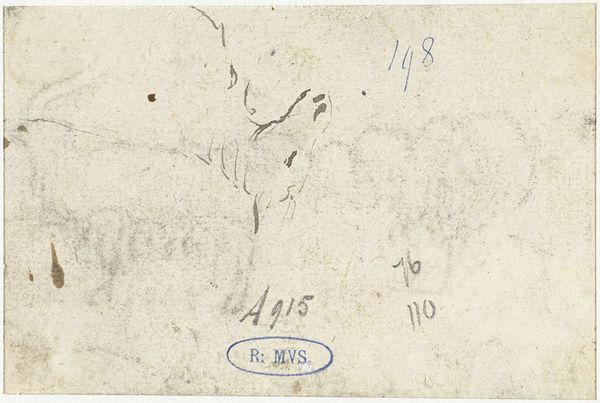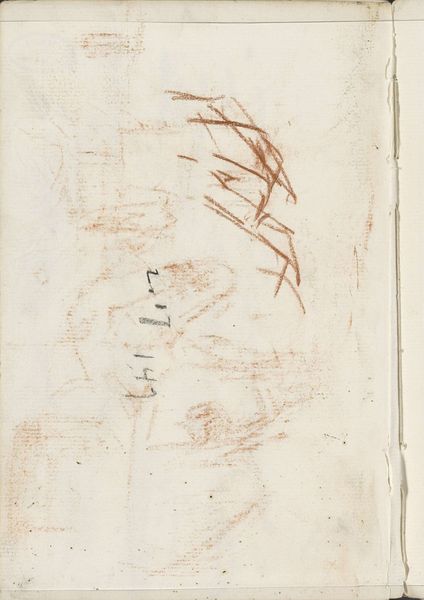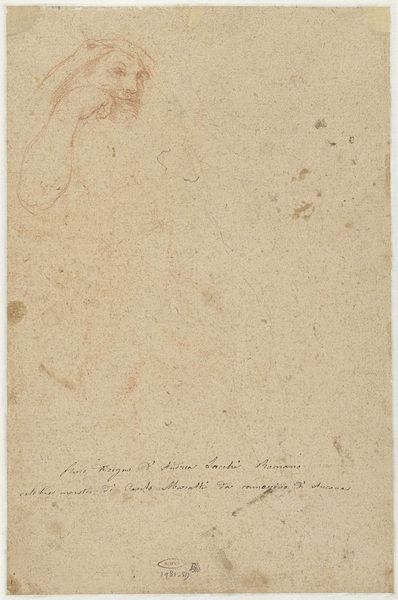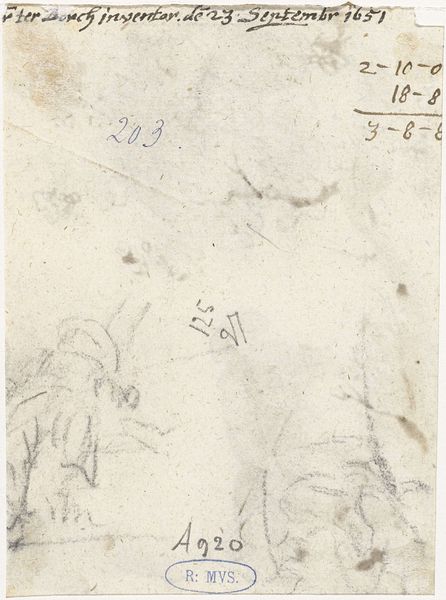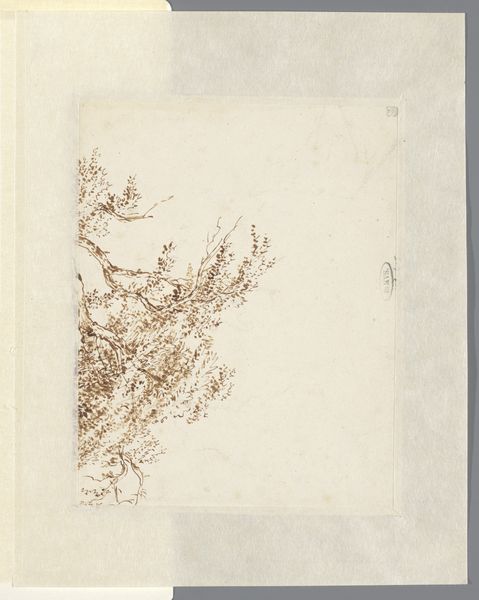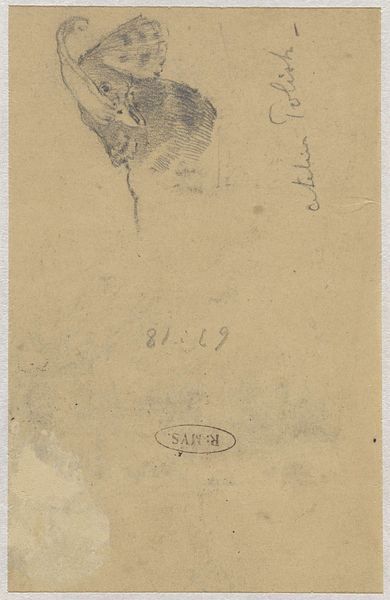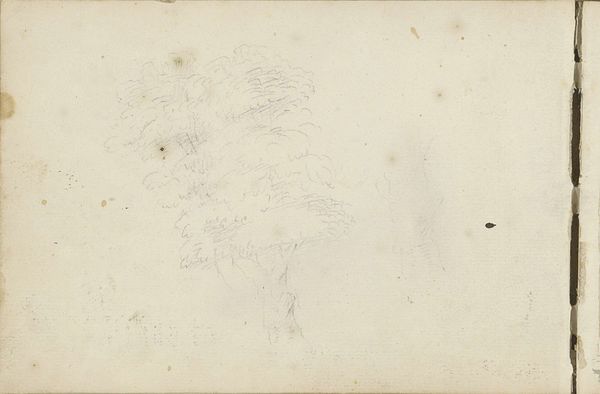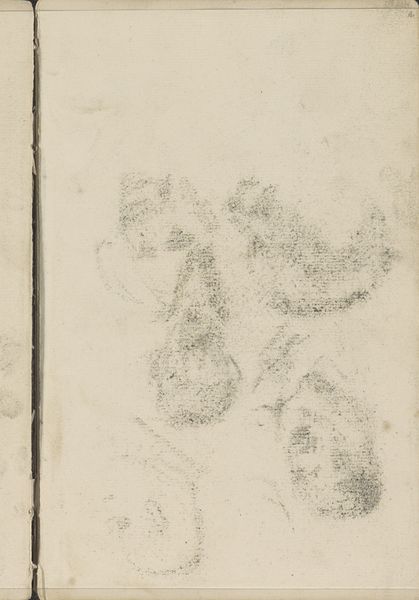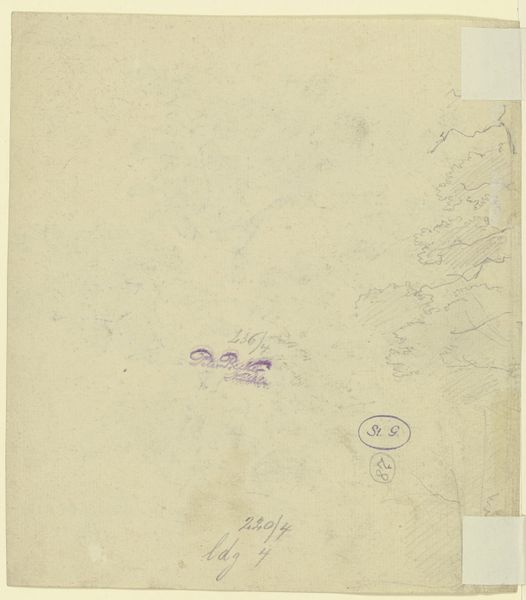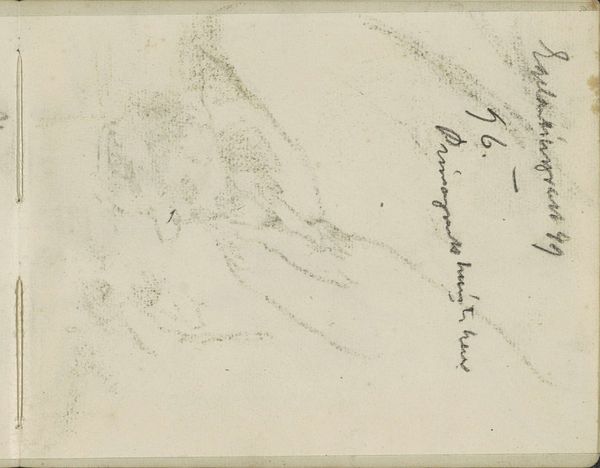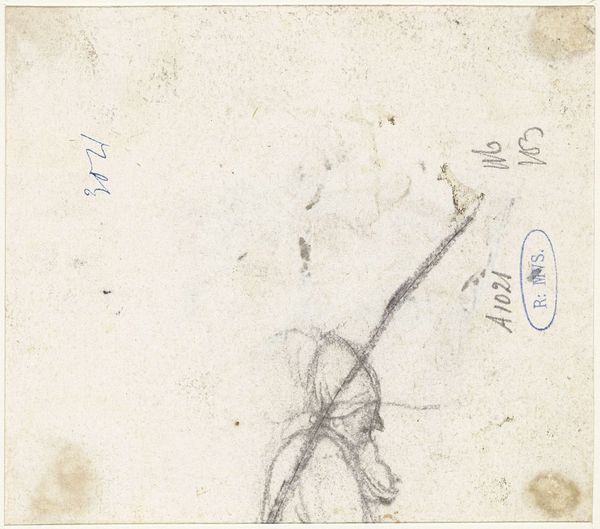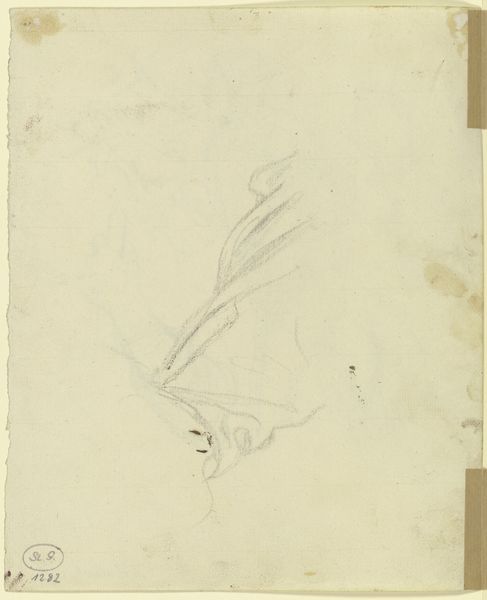
drawing, paper, pencil
#
drawing
#
dutch-golden-age
#
landscape
#
paper
#
pencil
#
watercolor
Dimensions: height 146 mm, width 89 mm
Copyright: Rijks Museum: Open Domain
This drawing of a horse rider in a landscape was made by Harmen ter Borch, in the Netherlands, around the mid-17th century. It is rendered in graphite on paper. But what does an image like this signify in the context of the Dutch Golden Age? We see a society undergoing rapid transformation. The Netherlands was becoming a major economic and naval power. So the horse rider is a potent symbol of power and commerce. At this time, Dutch art moved away from religious imagery, towards everyday life. Artists were more dependent on the open market. The Rijksmuseum itself, where this drawing is housed, embodies the complex institutional history of art. Originally founded to showcase Dutch art, its collection and display practices have shaped our understanding of this period. To understand this work fully, we need to look at economic records, social histories, and the archives of institutions like the Rijksmuseum. This will show how art and society shape one another.
Comments
No comments
Be the first to comment and join the conversation on the ultimate creative platform.
